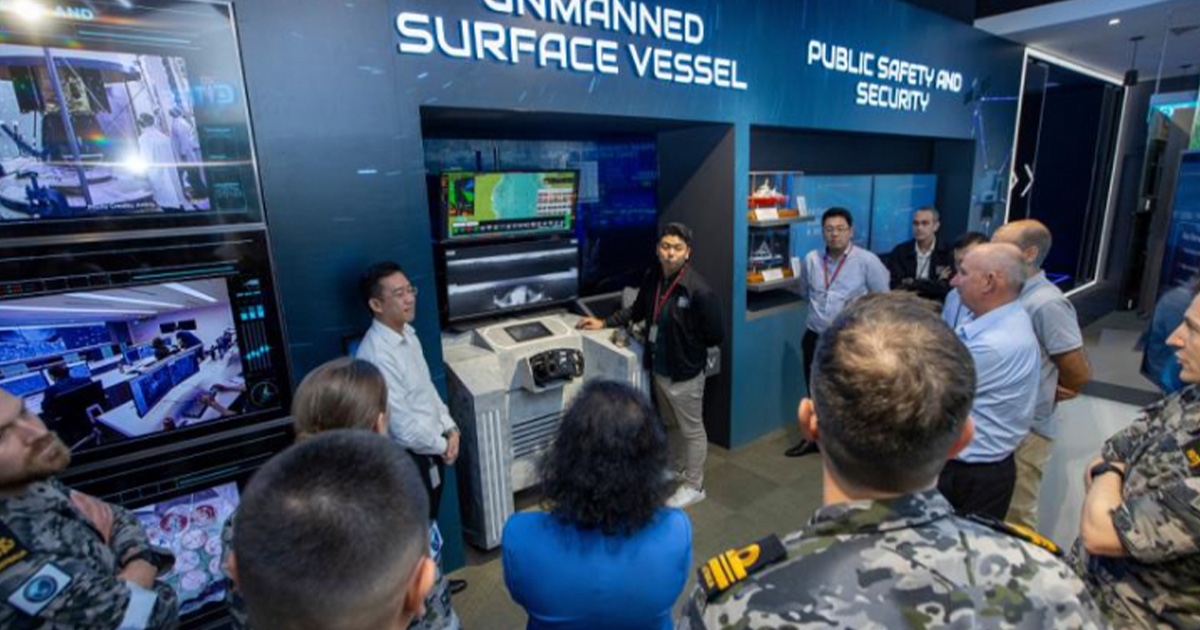Australia and Singapore Dive into Maritime AI

The Royal Australian Navy and Defense Science Technology Group representatives met with their Republic of Singapore Navy counterparts to discuss the development and evolution of autonomous maritime systems.
During Indo-Pacific Endeavour, the discussions in Singapore centered around the shared interest in robotics, autonomous systems, and artificial intelligence (RAS-AI), and how both partner nations can collaborate on this technology.
Maritime Deployable Robotic Autonomous Systems and Experimentation Unit (MDREU) Commanding Officer, Lieutenant Commander Charlie Kenney, said Singapore’s sophisticated unmanned surface vehicle technology makes them an important naval partner for Australia.
“Within the next decade, robotic technologies will transform the maritime industry and we’ll see an increase in uncrewed vessels and RAS-AI technology on and under the water,” said Lieutenant Commander Kenney.
“Singapore is one of the leading nations developing in this space, so it makes sense that we collaborate.”
Like Australia, Singapore is a hub of maritime traffic and relies heavily on maritime trade for much of its import and export.
Lieutenant Commander Kenney said these similarities mean both countries are focused on improving their uncrewed underwater vehicle capabilities and uncrewed surface vessels.
“This partnership is about sharing challenges and opportunities between both navies so we can create efficiencies that will lead to workforce capability benefits, cost benefits and technology improvements.”
Defense Science Technology Group discipline lead in RAS/vehicle systems integration, Neil Tavener, elaborated on the broader scope of the collaboration.
“This technology will extend our current capabilities by using autonomous systems to supplement manned platforms and allow us to operate in areas where people can’t go,” Mr. Tavener said.
While this journey continues to mature through its implementation, these type of systems will improve safety, increase operational effectiveness and expand capabilities for the Navy.
As Singapore rapidly evolves its unmanned platforms to meet current objectives, Australia’s timeline of naval technology implementation means it can learn from Singapore's expertise and innovations.
“We bring certain experiences to the table and Singapore offers unique insights in areas that we can learn from which will improve our own development,” Mr. Tavener said.
“Combined with our shared values and objectives this is a good partnership for both nations.”
Activities like Indo-Pacific Endeavour allow Australia to develop relationships with regional partners that enhance the ability to respond to shared security challenges in an increasingly dynamic environment.

